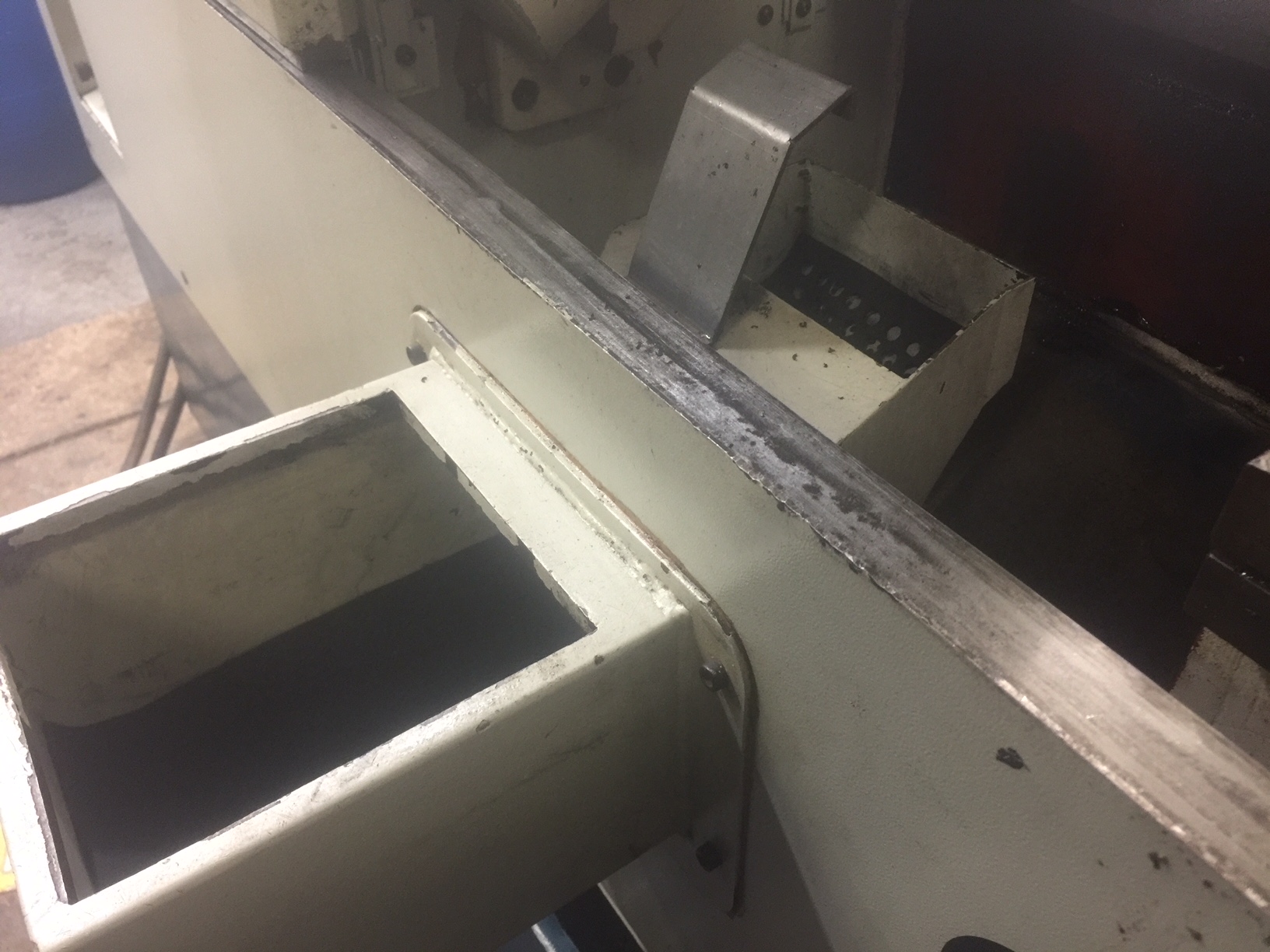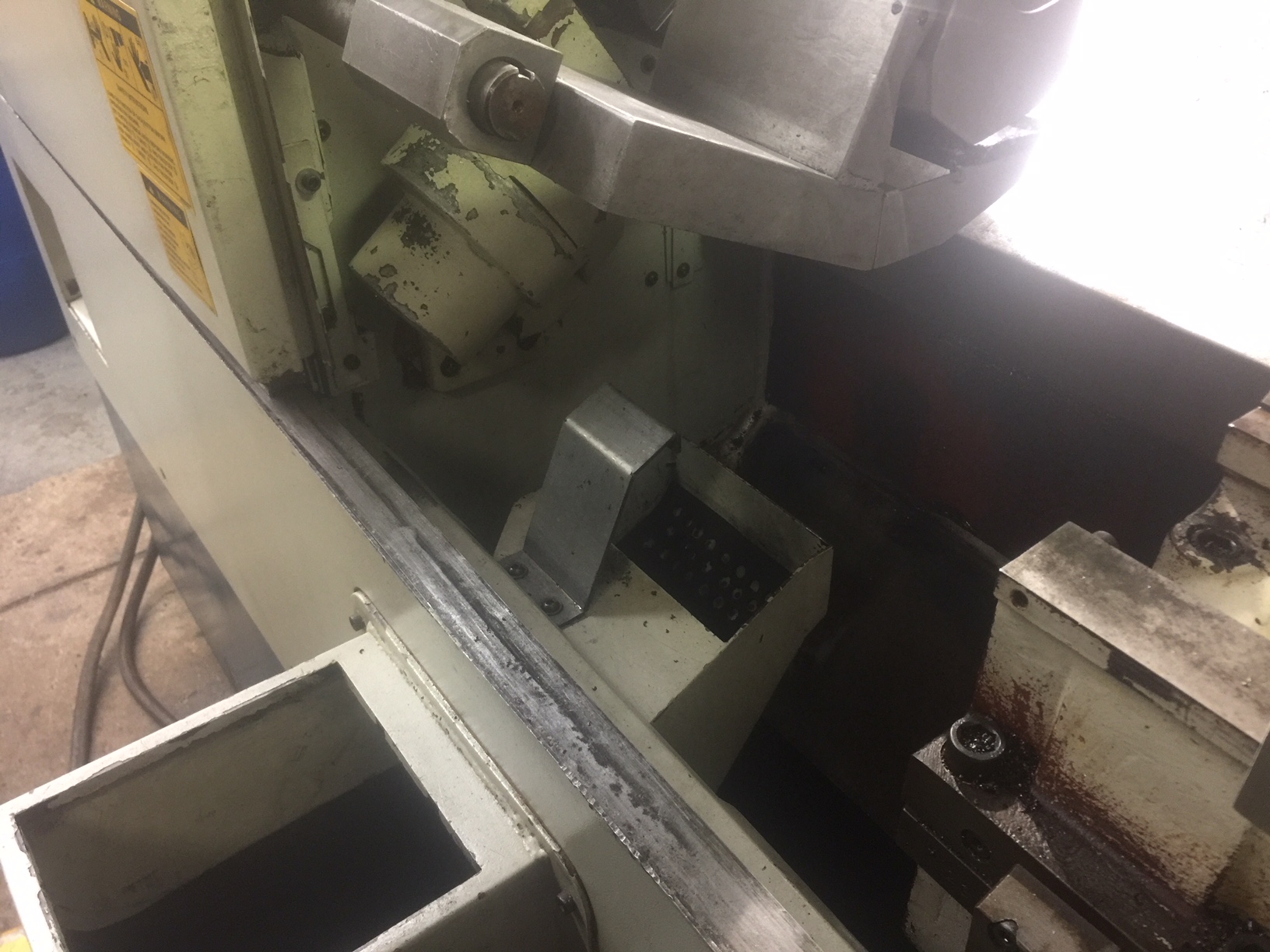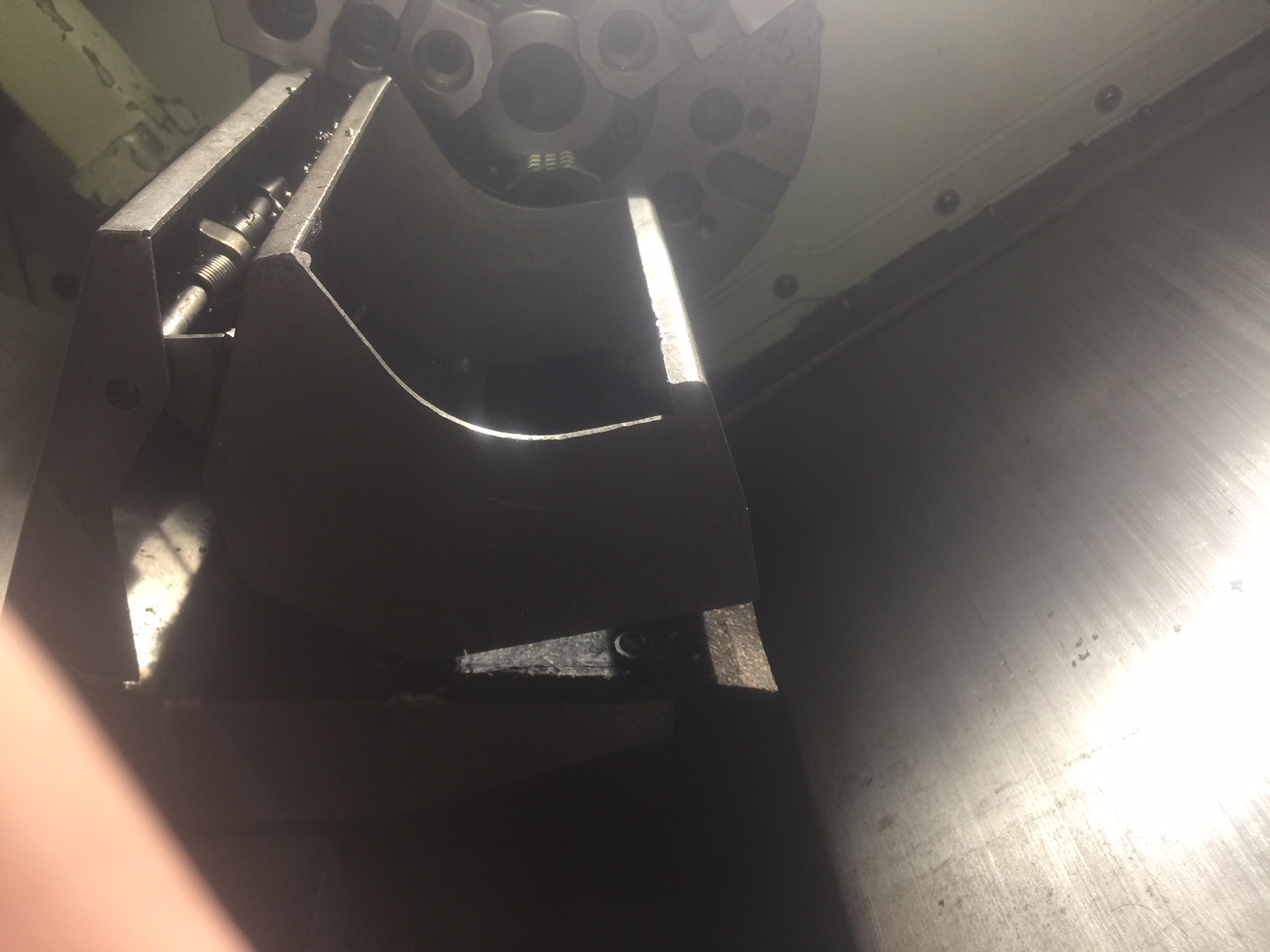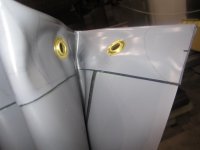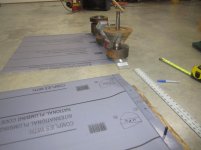Zahnrad Kopf
Diamond
- Joined
- Apr 5, 2010
- Location
- Tropic of Milwaukee
There is a piece of some kind of rubber or synthetic material lining the "floor" of our parts catcher in the turning center. Either time, our coolant ( QualiChem 271XC ), or the forces of nature are causing it to break down over time and while stable enough to leave alone, when one touches it ( either to clean the area of chip migration, or to retrieve a part ) it leaves a slimy black residue that takes a little effort to clean up. So, I'm looking for alternatives to it.
I thought about felt, but imagine that would be a nightmare with the chips. I thought about a new piece of rubber, but have to wonder how the coolant might attack it as well. So, I thought to ask here and see what others have done.
The pictures show what happens when it is DRY and one just barely touches it. When it is wet during operation, the black that transfers to one's hand or the parts is very slimy and thick.
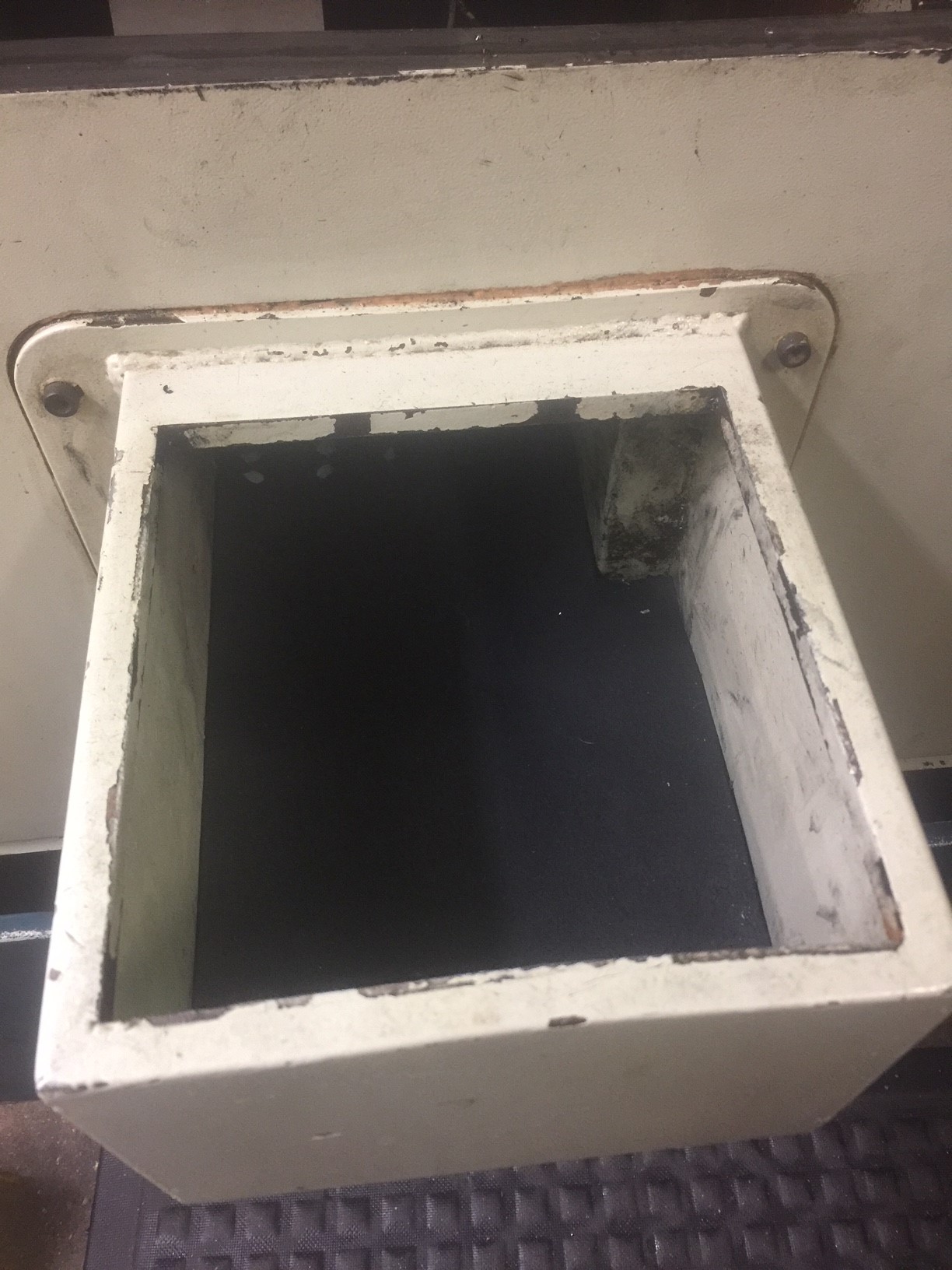
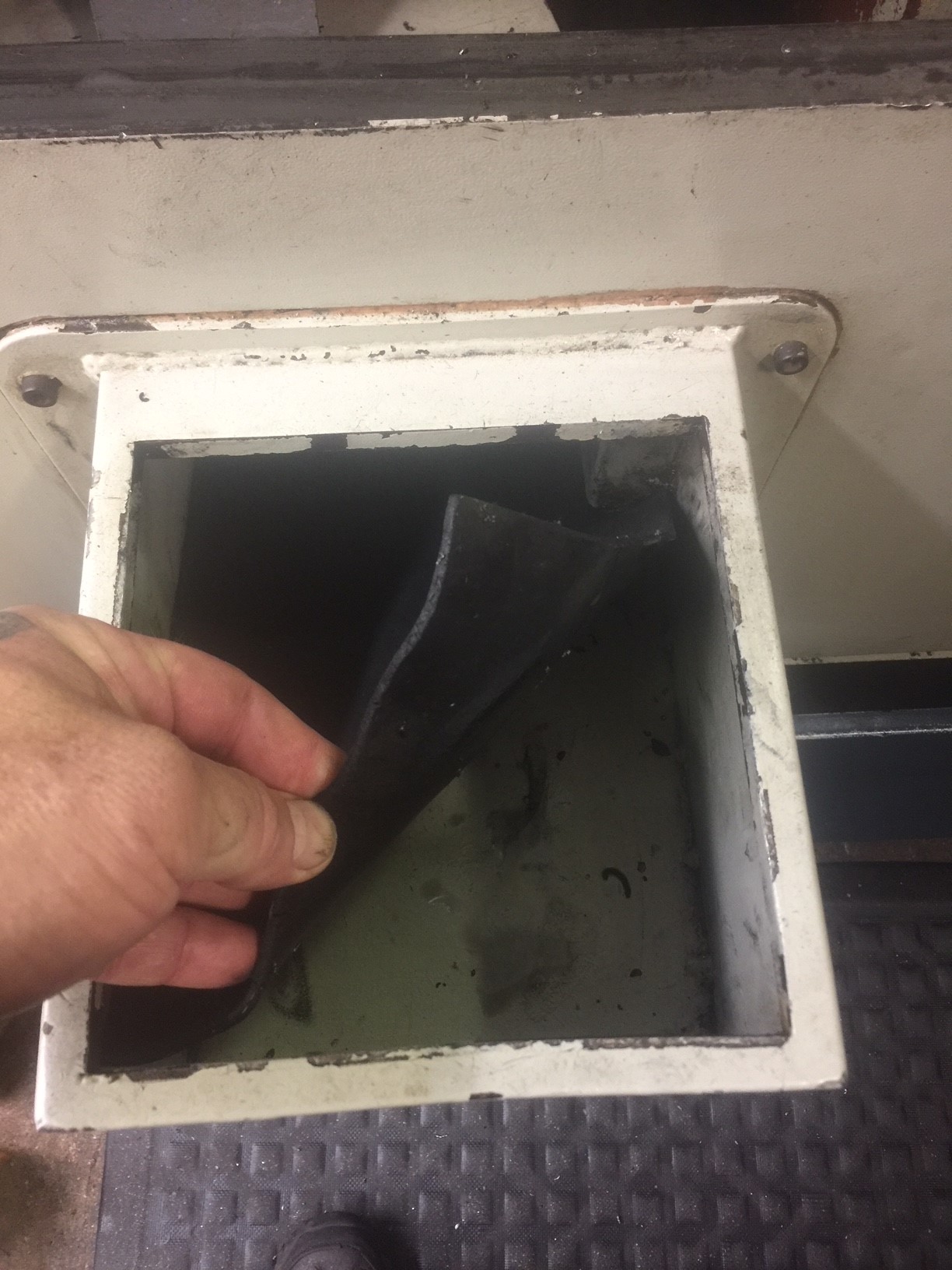
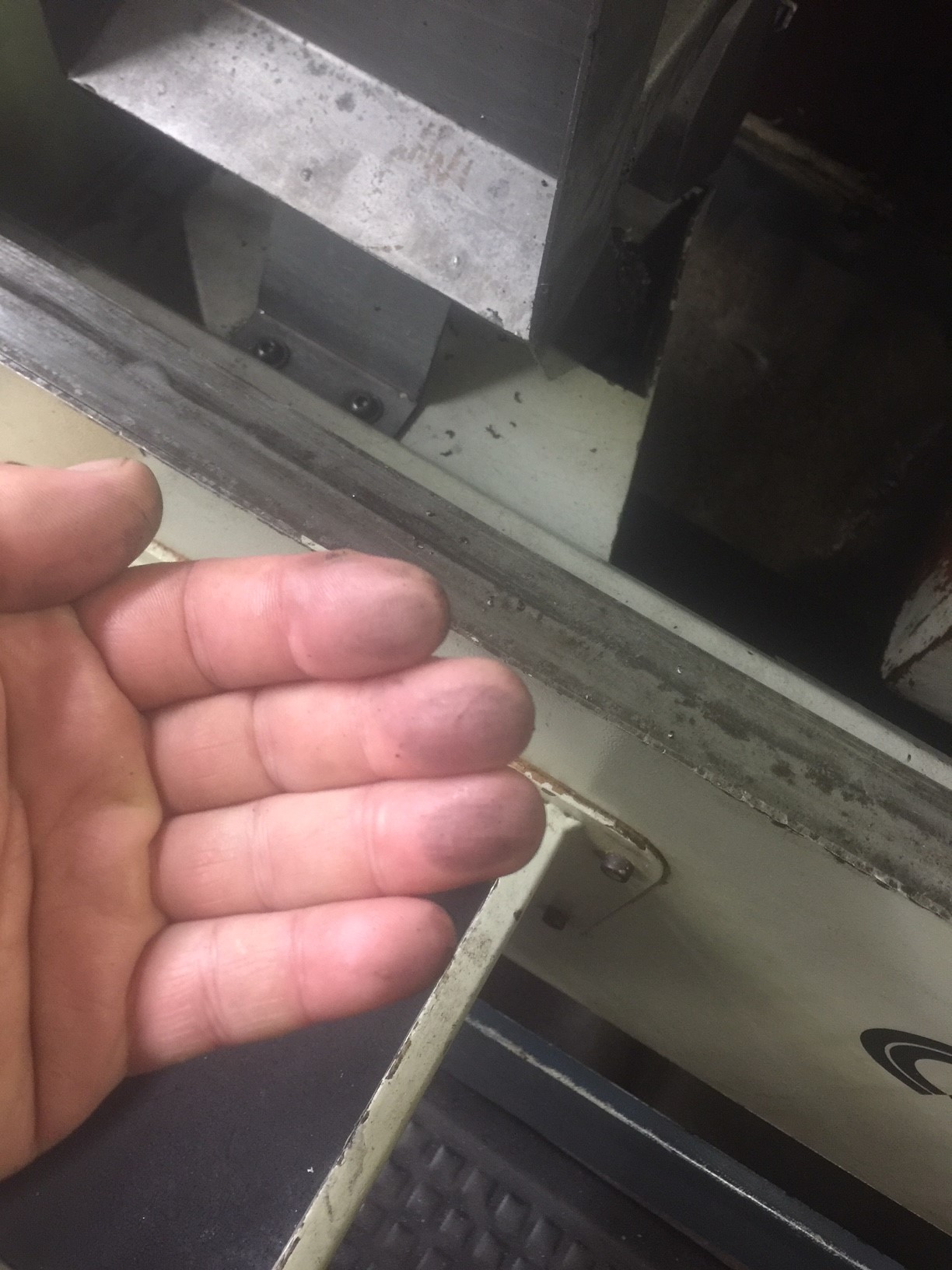
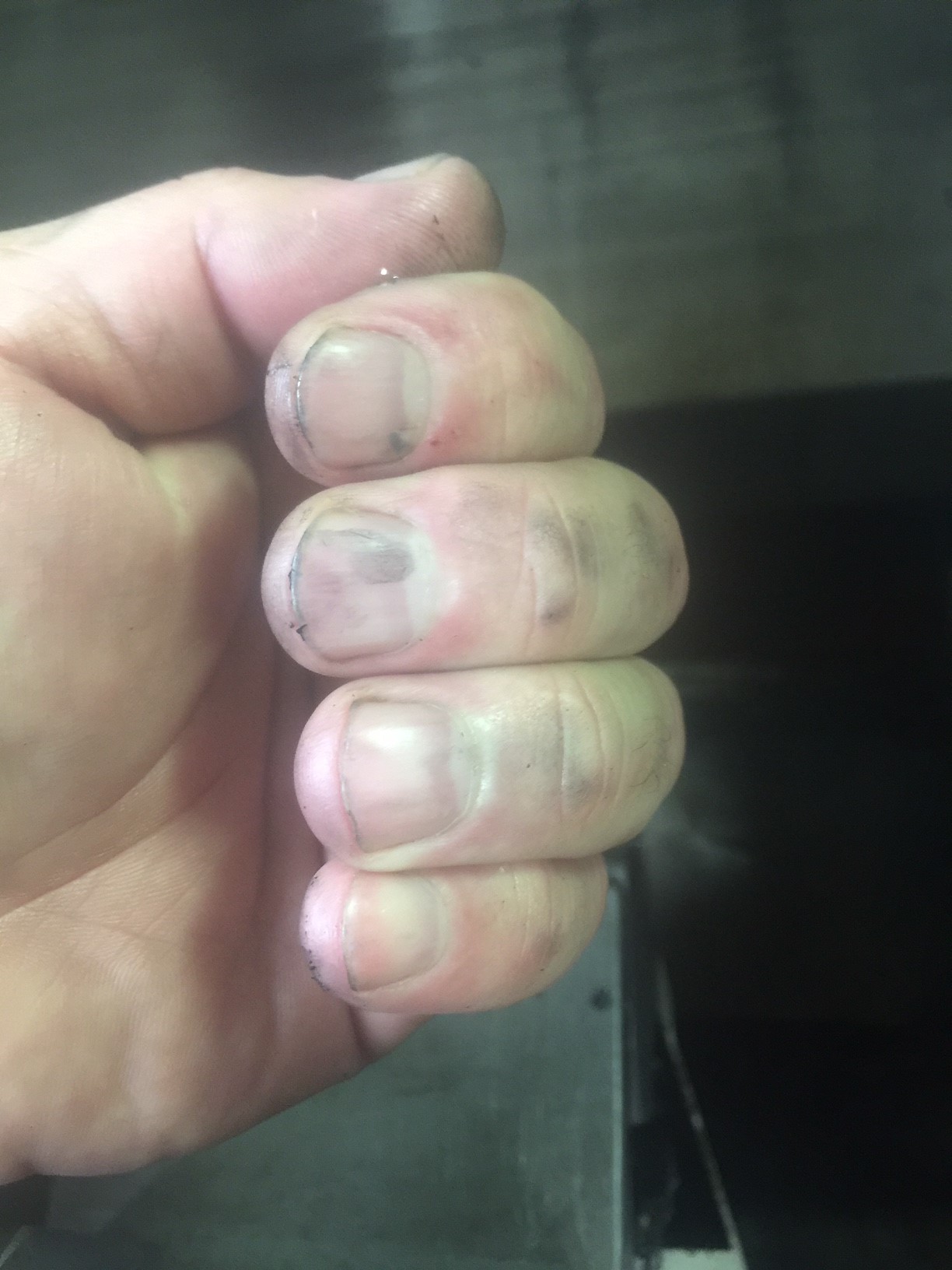
I thought about felt, but imagine that would be a nightmare with the chips. I thought about a new piece of rubber, but have to wonder how the coolant might attack it as well. So, I thought to ask here and see what others have done.
The pictures show what happens when it is DRY and one just barely touches it. When it is wet during operation, the black that transfers to one's hand or the parts is very slimy and thick.






